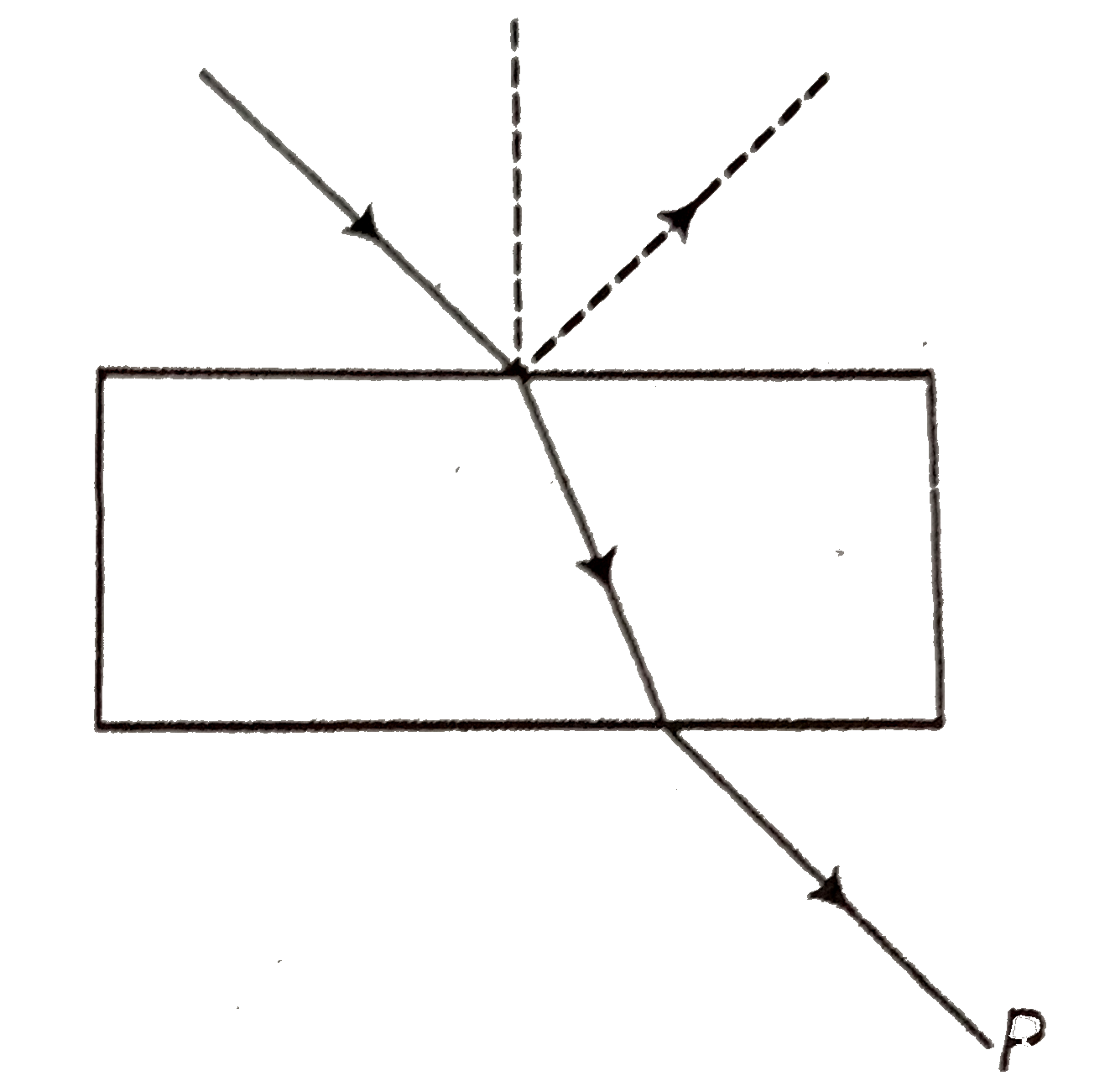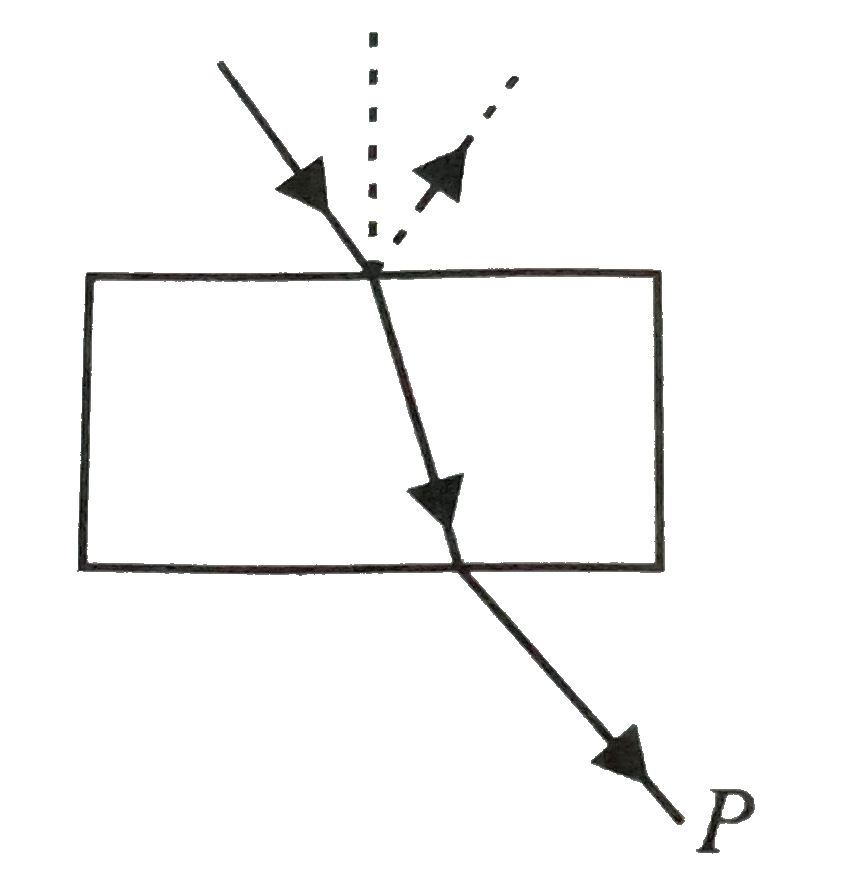A
B
C
D
Text Solution
Verified by Experts
The correct Answer is:
|
Topper's Solved these Questions
WAVE OPTICS
NCERT FINGERTIPS|Exercise Assertion And Reason|15 VideosView PlaylistWAVE OPTICS
NCERT FINGERTIPS|Exercise Higher Order Thinking Skills|8 VideosView PlaylistSEMICONDUCTOR ELECTRONICS : MATERIALS , DEVICES AND SIMPLE CIRCUITS
NCERT FINGERTIPS|Exercise Assertion And Reason|15 VideosView Playlist
Similar Questions
Explore conceptually related problems
Knowledge Check
Similar Questions
Explore conceptually related problems
NCERT FINGERTIPS-WAVE OPTICS-NCERT Exemplar
- Consider a light beam incident from air to a glass slab at Brewster's ...
02:01
|
Playing Now - Consider sunlight incident on a slit of width 10^(4) Å . The image see...
04:16
|
Play - Consider a ray of light incident from air onto a slab of glass (refrac...
07:30
|
Play - In a Young's double slit experiment, the source is white light. One of...
02:20
|
Play - Figure shows a standard two slit arrangement with slits S(1), S(2). P(...
03:03
|
Play

